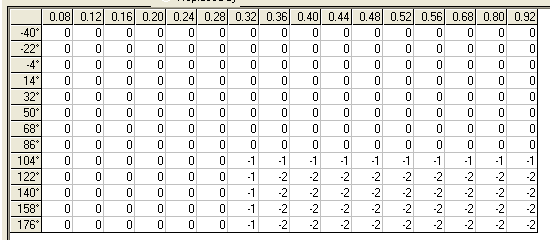Ok, so I have been disassembling this 167 bin file and I have quick question to see if I am calculating the forumla for pid 1151 correctly:
------------------------------------------------------------------------
Line1: move.w ($FFFFA390).w,d0
Line2: mulu.w #$D,d0
Line3: divu.w #$105,d0
Line4: rts
------------------------------------------------------------------------
this is the routine for PID 1151, this is how I am calculating it right now:
Line 1 = $FFFFA390 = (TPS% * 256)
Line 2 = x 13
Line 3 = / 261
Line 4 = Returns: x 12.75
Is my math correct? Also are all the initial variables to start, for exampe $FFFFA390 or $FFFF9BD4 (EGR Duty Cycle), multiplied by 256?
Thanks,
Tim




 Reply With Quote
Reply With Quote
